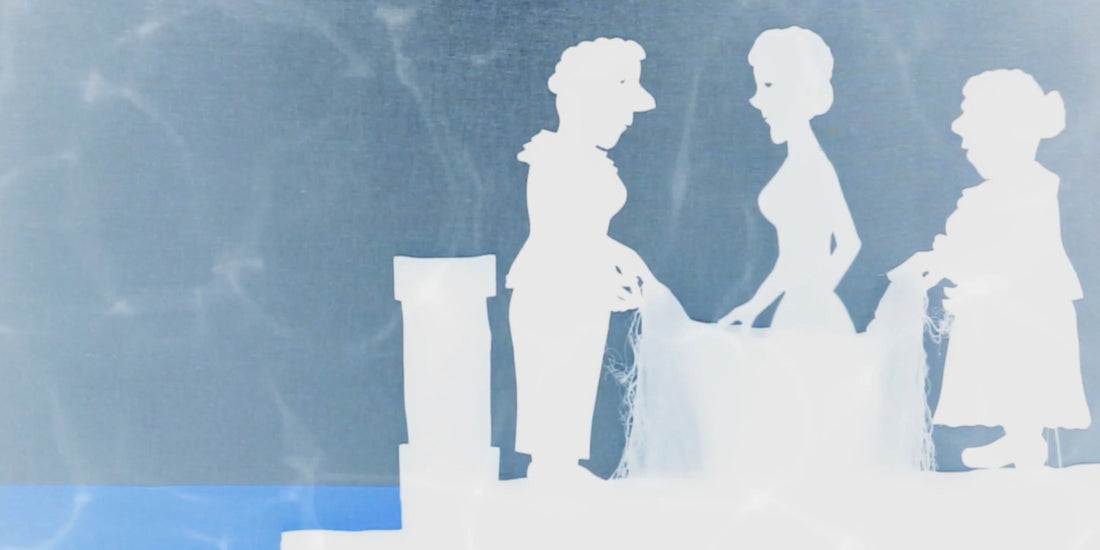
What is a mikveh?
The Mikveh – A place of ritual purity in Judaism
When talking about Jewish life, one often thinks first of synagogues, Sabbath celebrations, or kosher food. Less well-known, but of great importance in traditional Judaism, is the mikveh – a ritual immersion bath. It plays a central role in matters of spiritual purity and has been a part of Jewish life for millennia.

What is a mikveh?
A mikveh (Hebrew: מִקְוֵה, also spelled "mikvah") is a special water basin used for ritual purification. It contains "living water"—that is, rainwater or natural spring water—and meets strict halachic (religious) requirements. It must contain at least 40 se'ah (approximately 750 liters) of water, which are in direct contact with each other.
The mikveh is not a bathhouse or a place of physical hygiene—it is entered only after thorough cleansing of the body. It is not about cleanliness, but about spiritual purity.
What is the mikveh used for?
The mikveh has various uses in Judaism:
- Family Purity Laws (Taharat haMishpacha)
Married Jewish women use the mikveh after their menstruation or after the birth of a child. Only then may marital contact be resumed. This practice is an integral part of married life, especially in Orthodox communities. - Conversion to Judaism
Those who convert to Judaism also undergo a ritual immersion in the mikveh. It is the symbolic act that completes their transition into the Jewish people. - Preparations for Shabbat or holidays
Some men also use the mikveh before Shabbat, Yom Kippur, or other holy days to prepare themselves spiritually. - Cleaning of objects
Certain items, such as new metal or glass kitchen utensils purchased by a non-Jew, must be immersed in a mikveh before use.
The spiritual significance of the mikveh
The mikveh is far more than a basin of water. It is a profound symbol of Jewish spirituality, purity, and connection to ancestral traditions. In an often hectic and materialistic world, it reminds us that there are times to pause and purify ourselves—not only externally, but above all internally.
Immersing yourself in the water is often understood as a kind of spiritual "rebirth." You leave the old behind and begin anew—cleansed, purified, with a renewed focus on the sacred in everyday life.

Historical and modern mikvaot
Mikvaot (plural of mikveh) have existed since biblical times. Archaeologists have discovered numerous ancient mikvaot – for example, at Qumran or in Jerusalem near the Temple Mount. The oldest known mikvah in the world was discovered on a mesa in the ancient fortress of Masada in the Judean Desert near the Dead Sea. It dates back to the Second Temple period, approximately from the 1st century BC to the 1st century AD.
Mikvaot can be found in modern Jewish communities all over the world, often discreetly located near synagogues or community centers. In Germany, there are currently around 30 functioning mikvaot, mainly located in the country's more than 100 Jewish communities. These modern mikvaot are heated bathing facilities that meet the ritual purification requirements of Judaism. They feature modern amenities—with separate preparation rooms, warm water, and an atmosphere of peace and dignity. Examples include the mikvah in Bad Segeberg, which has existed since 2002 and is powered by rainwater, and the mikvah in Konstanz, which was inaugurated in 2008 and also uses rainwater.

Historically, over 400 mikvaot existed in Germany, often housed in the basements of synagogues. Many of these historic mikvaot were destroyed during World War II or are no longer in use. Some surviving examples include the mikvah in Rothenburg ob der Tauber, the oldest surviving medieval mikvah in Germany, and the mikvah in Friedberg (Hesse), the largest completely preserved medieval mikvah in Europe.
